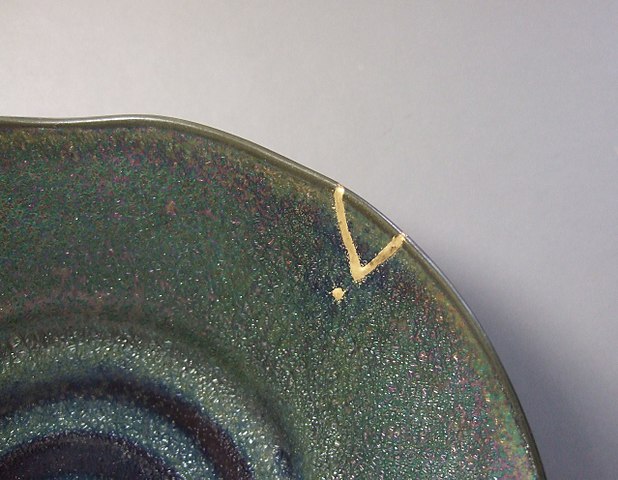In the western industrial world, perfection has become to be understood as something without a flaw. Work and the effort of creation become invisible, harmony is described as the way of living relationships and happiness the state of being. It has become a way to present ourselves via social media and yet it feels like a mask, clothes we wear which don’t feel like our reality.
Some of the most practiced reactions to this feeling are positivity or disillusion. Both attitudes are an invitation to avoid seeing one aspect of the given situation. From a positivity point of view the idea may become to concentrate on whatever positive aspect can be found in a given situation, whereas from a disillusion point of view it might be to only pay attention to the inability to make it right. Both attitudes make it difficult to see life as the sum of our experiences as either the positive or negative experiences are being kept unseen. Something similar happens for things we wish to be perfect, may they be objects, products, services or situations.
When I was a kid, perfection was less present. My mother had made some of the clothes we were wearing, so if we had torn them while playing for example, she would complain that we had not paid attention to them and repair them. As a consequence we continued to wear the clothes she had made and repair but also feel slightly ashamed of wearing mended clothes, they weren’t perfect anymore because we hadn’t be doing things right.
Japanese art and philosophy show a different take on this. Kintsugi (金継ぎ) is the Japanese art of repairing broken pottery using lacquer dusted or mixed with powdered gold. Kin means golden, Tsugi means joinery, Kintsugi thus is the art to bring broken pieces back together while making this repair visible and shine with gold. Treating breakage and repair like this makes it a part of the history of the object, there is no need or will to disguise it.
The scars tell us that there has been a breakage, that the object has been repaired and has become stronger because of it. The beauty of the repair is an invitation to accept the history as it has been, to accept that joy and sadness have been part of the history of that object.
This philosophy is also one we can apply to ourselves, moving from joy to sadness, from frustration to satisfaction, experiencing love and loss are part of our history. These experiences makes us more flexible towards change and more resilient. They also teach us to respect the path we have taken for what it is: one towards more maturity. It is a beauty we can recognize in others as well as ourselves.


